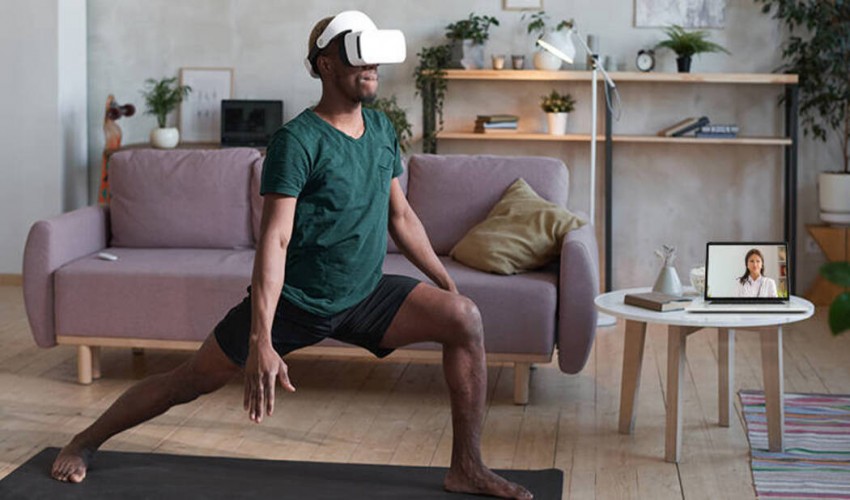
Important New Innovations in Health Care Technology for 2022
- technology
- generation
- developments
- healthcare
Have you ever pondered how we recall a specific time period, culture, or generation?
Their capacity to shape their era, to shake up established norms, and to reimagine what had previously been accepted as fashionable is what makes them unforgettable. We may construct a chronology of development by extrapolating tendencies throughout time.
As such, trends may be seen as records of development and exploration. The absence of trends would result in a stagnant continuation of the status quo.
To follow a trend is to try something novel, and this might alter the prevailing cultural stream and give rise to a previously unsuspected intuition.
Because trends transcend age groups, we may use them to better serve the current audience. Therefore, trends may be used to more successfully target certain populations and help us to define the age in which we currently find ourselves.
In an industry that is continuously consolidating due to technology improvements, healthcare trends are not something new. Consumers are more tech-savvy and in search of more convenient options.
Accelerating Developments in Telehealth
The development of telehealth during the past few years is warranted, since it may significantly benefit urgent care centers. Telehealth allows for the remote monitoring and treatment of several patients during an emergency.
- Forecasts put the global market for telehealth at $396.76 billion by 2027, up from $79 billion in 2020. When compared to the population before the COVID 19, this figure is 38 times bigger.
- By reducing the need for travel to the doctor's office, telehealth is a boon to the health of both the patient and the doctor. Virtual follow-up visits between doctors and patients alleviate the stress of having to reschedule at the last minute.
It's clear that telehealth is ushering in a brand new age of VR health care services.
Cognihab has made major strides in the field of telehealth, developing effective solutions for a wide range of visual and mobility problems as well as pre- and post-chemotherapy cancer rehabilitation.
Saviours in Digital Health Technology
The field of digital health is rapidly expanding, and it promises to be an invaluable resource for the 2022 medical device industry.
- From 2021–2028, the global digital health market is projected to develop from an initial 2020 valuation of $96.5 billion at a CAGR (compound annual growth rate) of 15.1%.
- Forecasts place the value of the worldwide wearable sensors market at USD 5,208.05 million in 2028, up from USD 660.89 million in 2021.
Patients' daily activities, including sleep, heart rate, calorie intake, and exercise time, may be monitored with the use of wearables and smart devices. This can help doctors and nurses assess the patient's condition more accurately and adjust their care accordingly.
An abnormal electrocardiography pattern, for instance, may be detected by a wearable device and reported to clinicians, reducing the likelihood of a more serious medical problem.
Patients are able to examine their data on their own devices because to the combination of the Internet of Things and digital medical equipment including wearables, health sensors, and trackers.
They have allowed for the systematic improvement of individualized healthcare and will be a key instrument in 2022 medical device developments.
Enhancement of Predictive Analytics and Data Science
- The market for healthcare predictive analytics is anticipated to expand from $3.74 billion in 2019 to $28.77 billion by 2027.
It might be difficult to compress the massive amounts of data generated by people with chronic diseases. However, the fast development of data science and predictive analysis has given physicians access to more in-depth knowledge, allowing them to perform things like collect data on patients' lineage and family history, and identify those who are at high risk for developing certain diseases.
Congihab makes real-time reports available to clinicians, so they may check in on their patients and act if necessary.